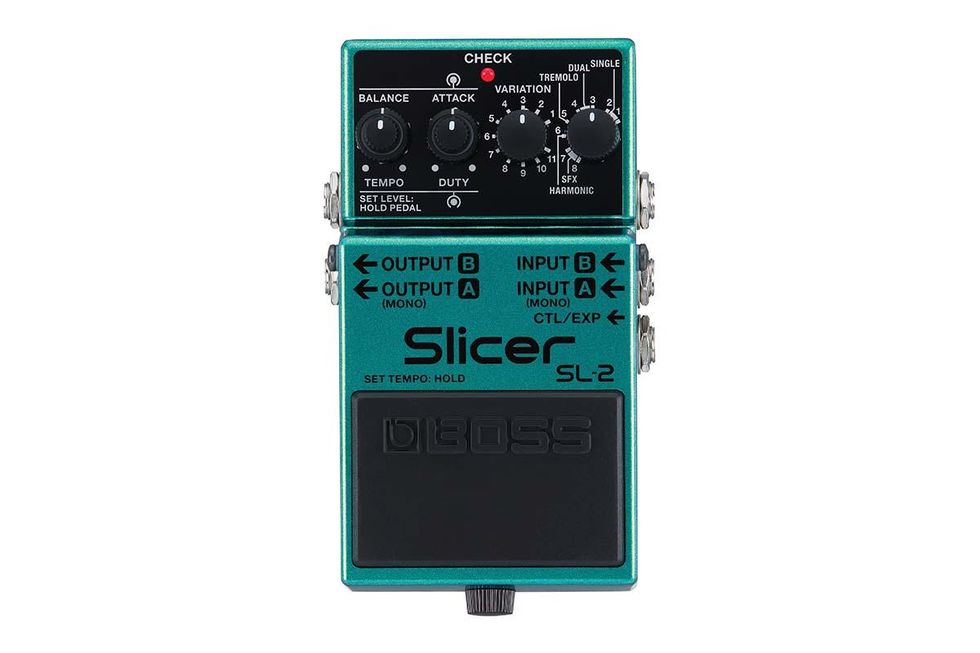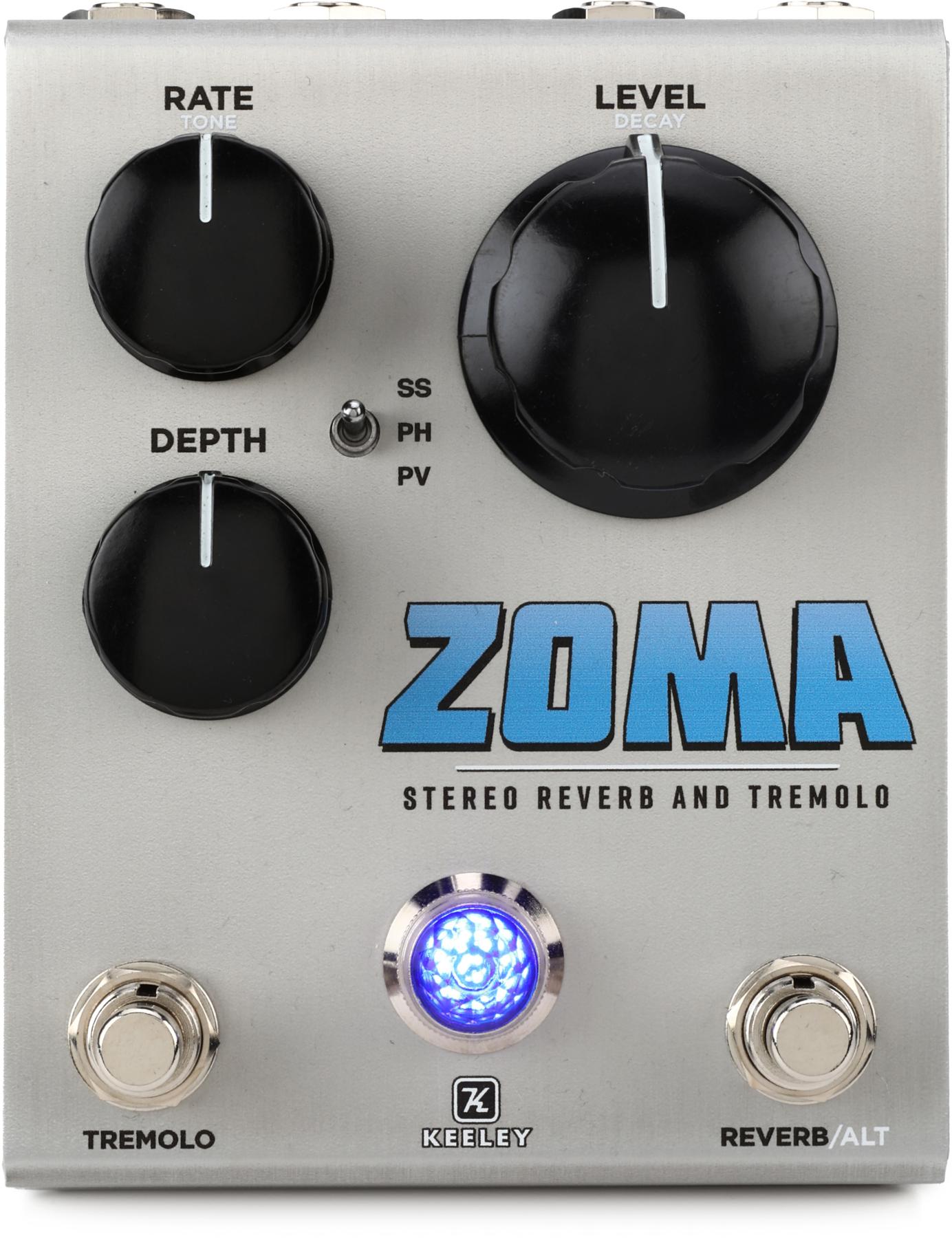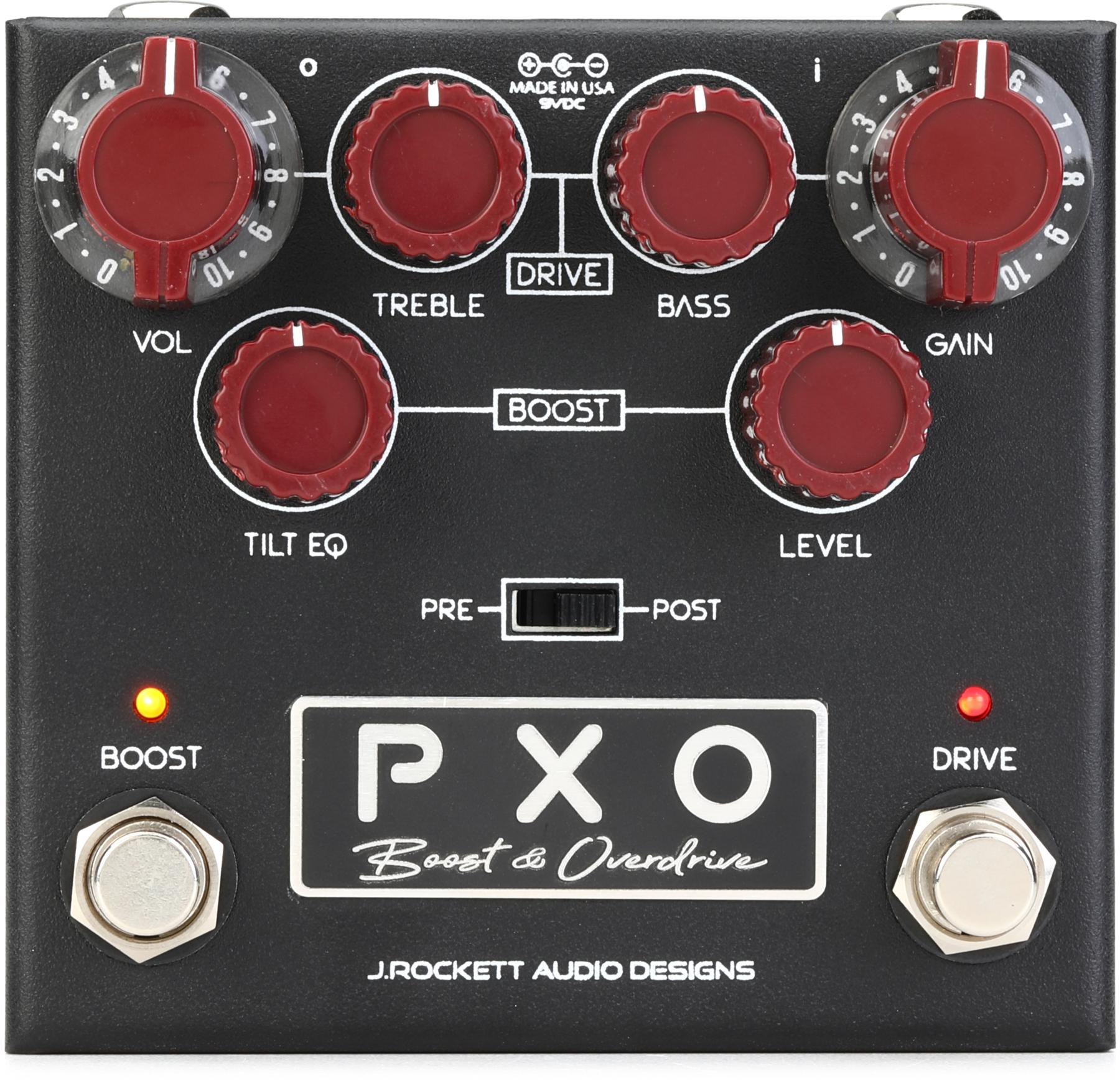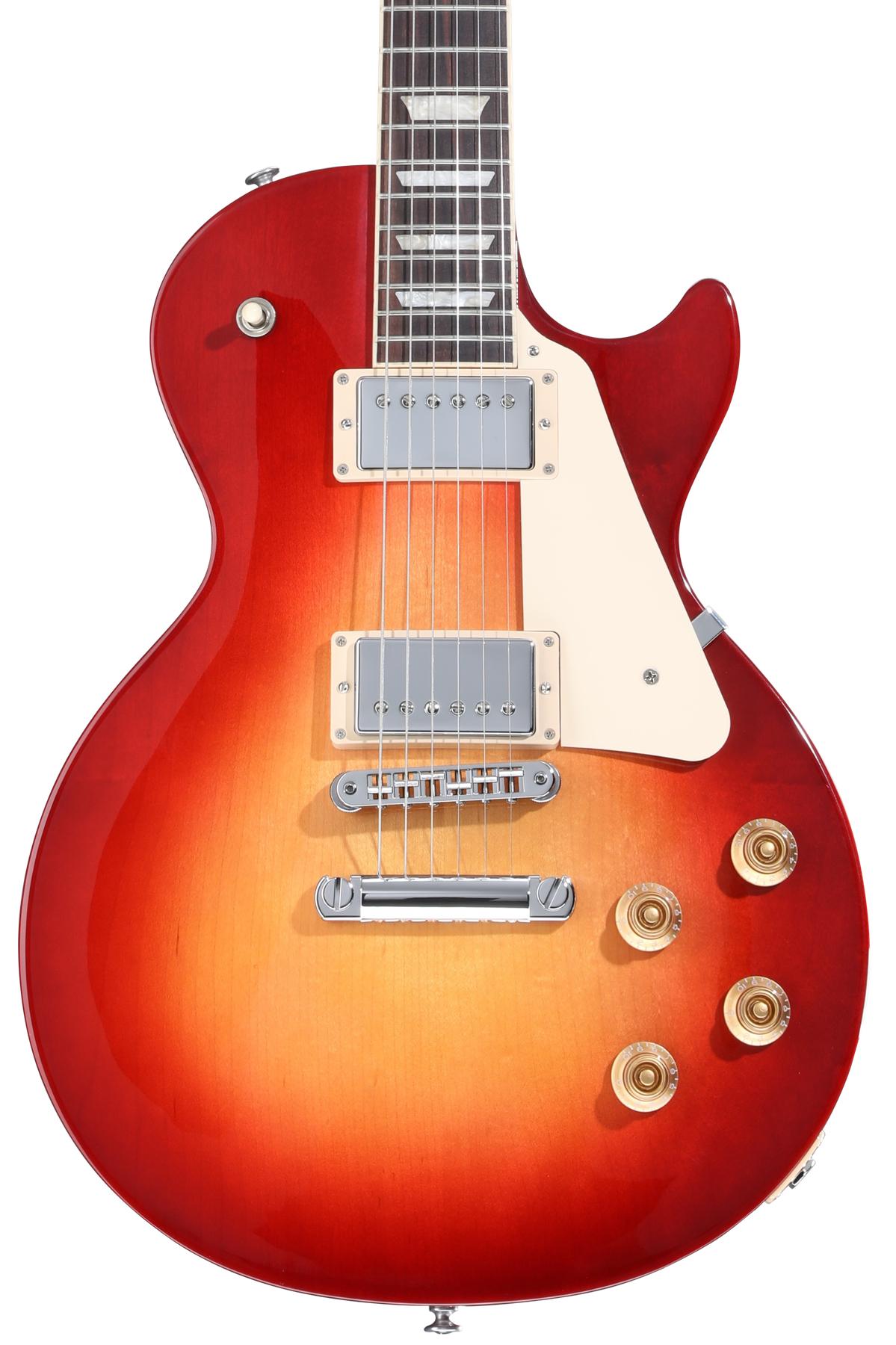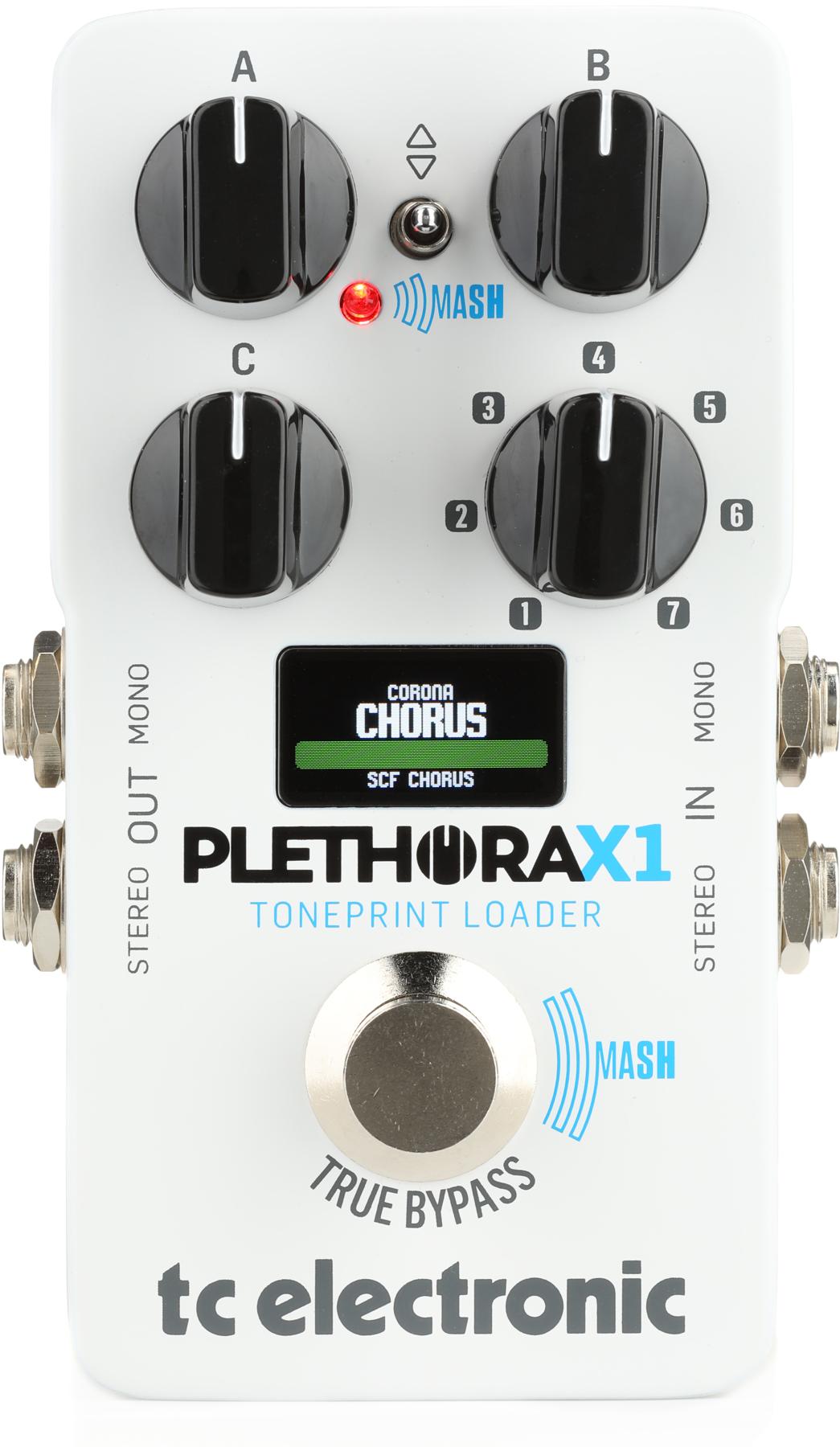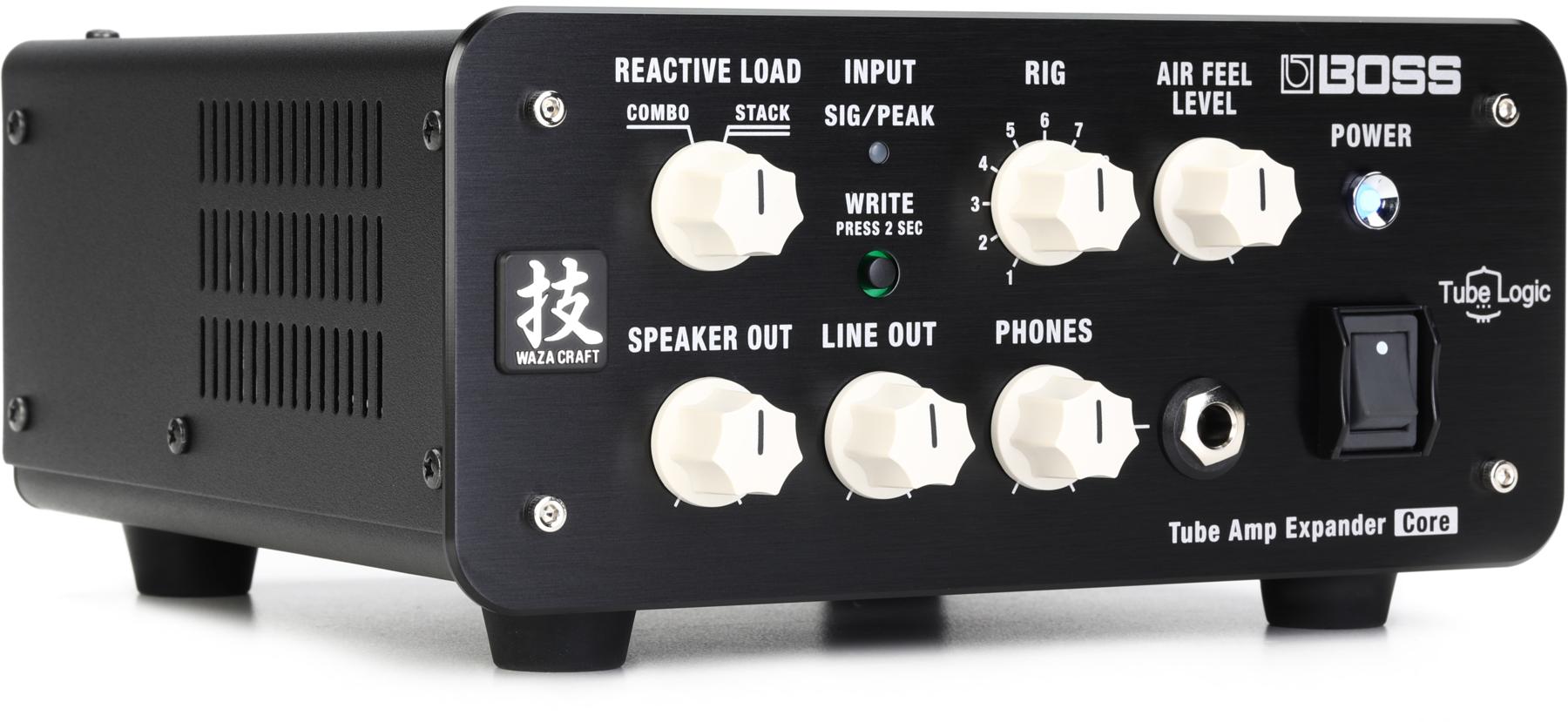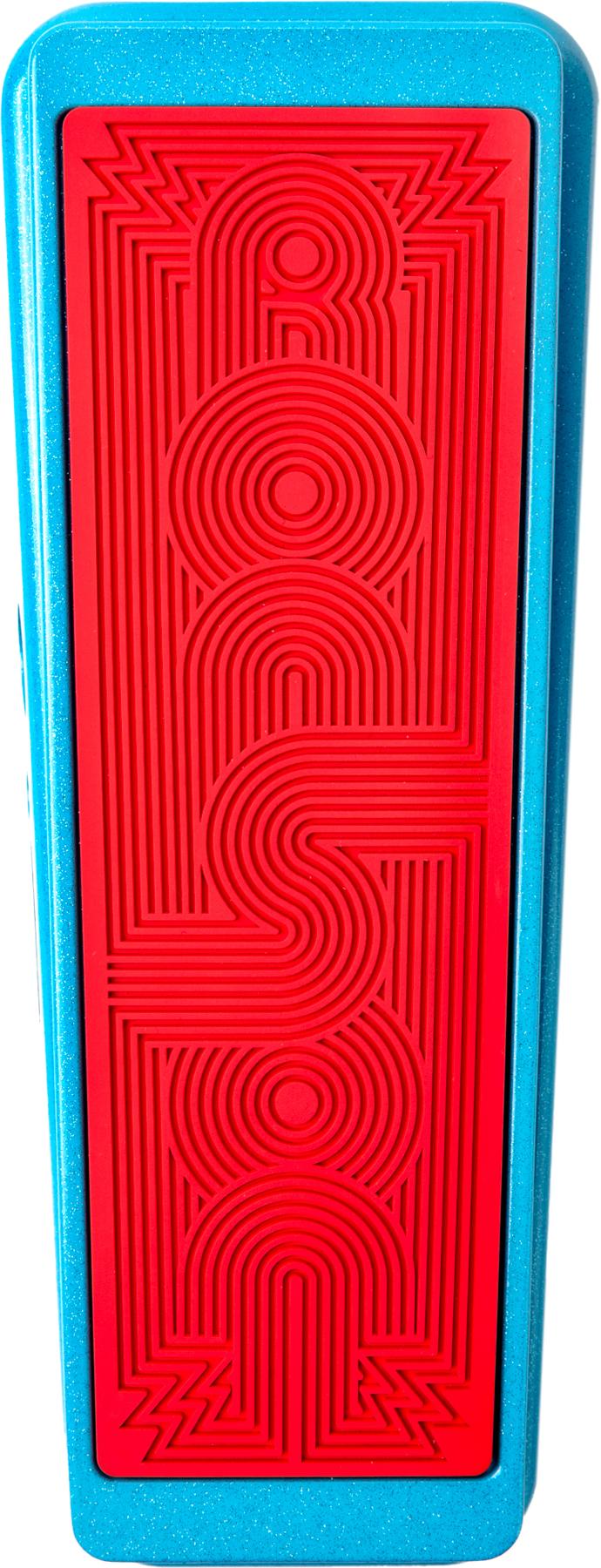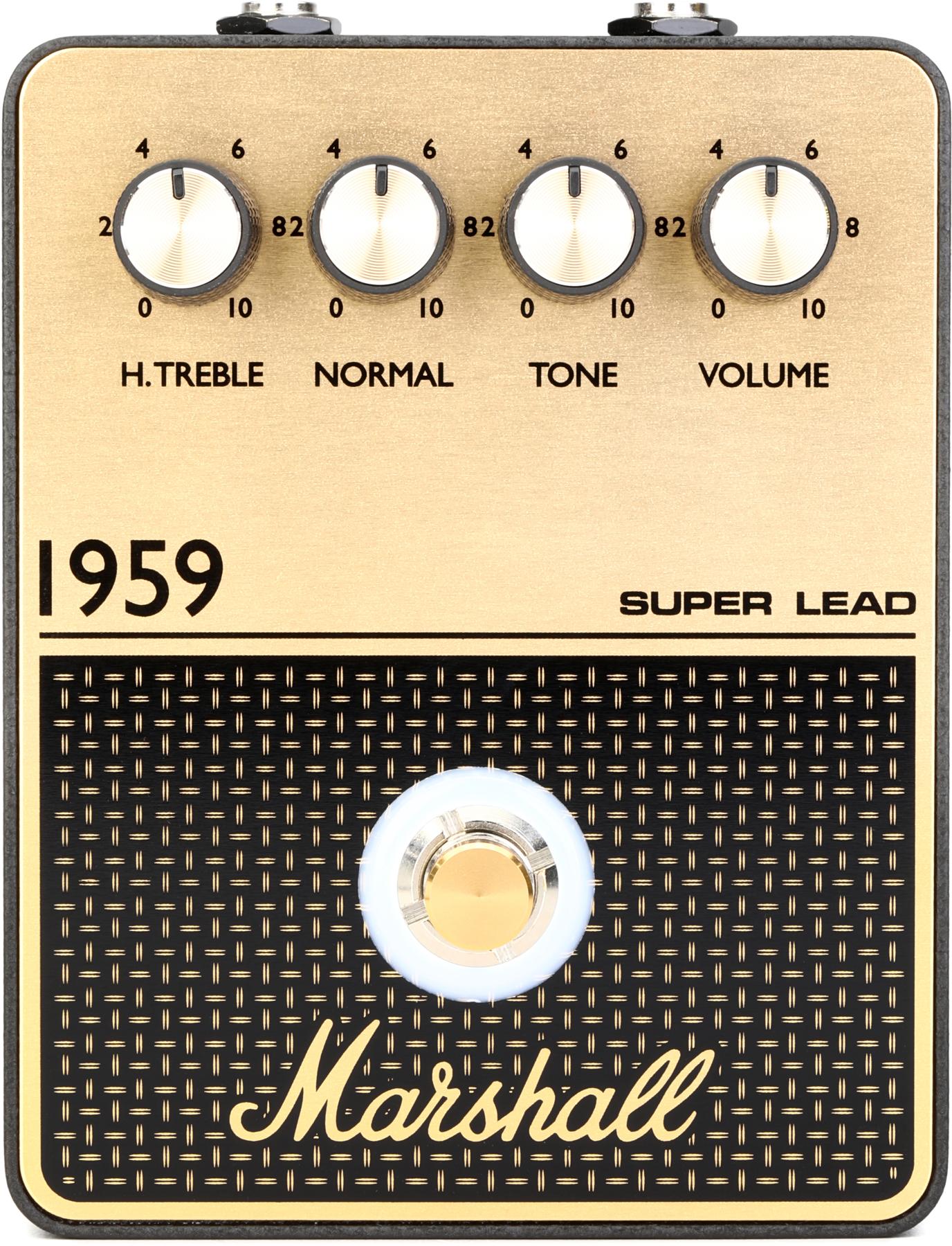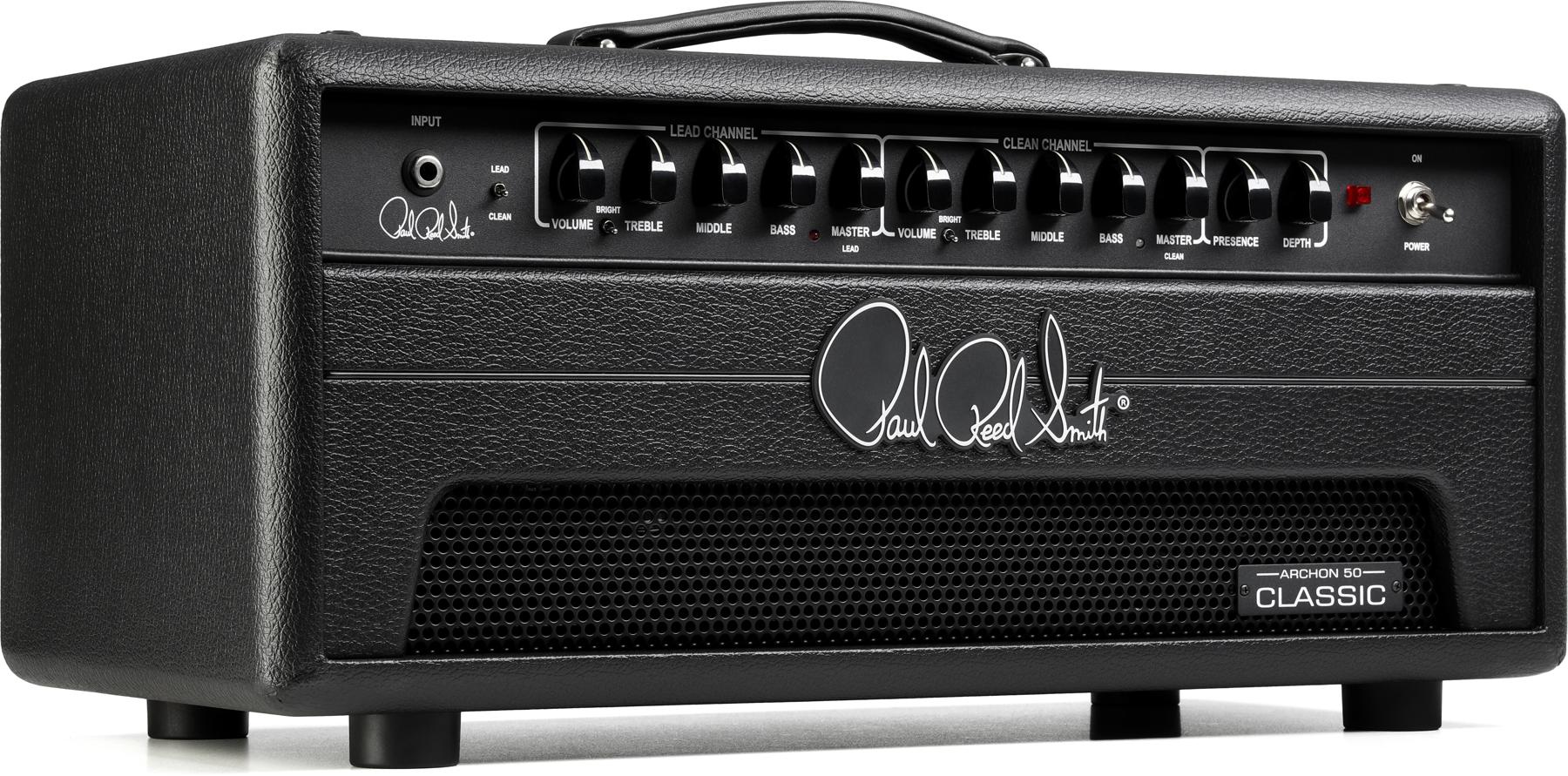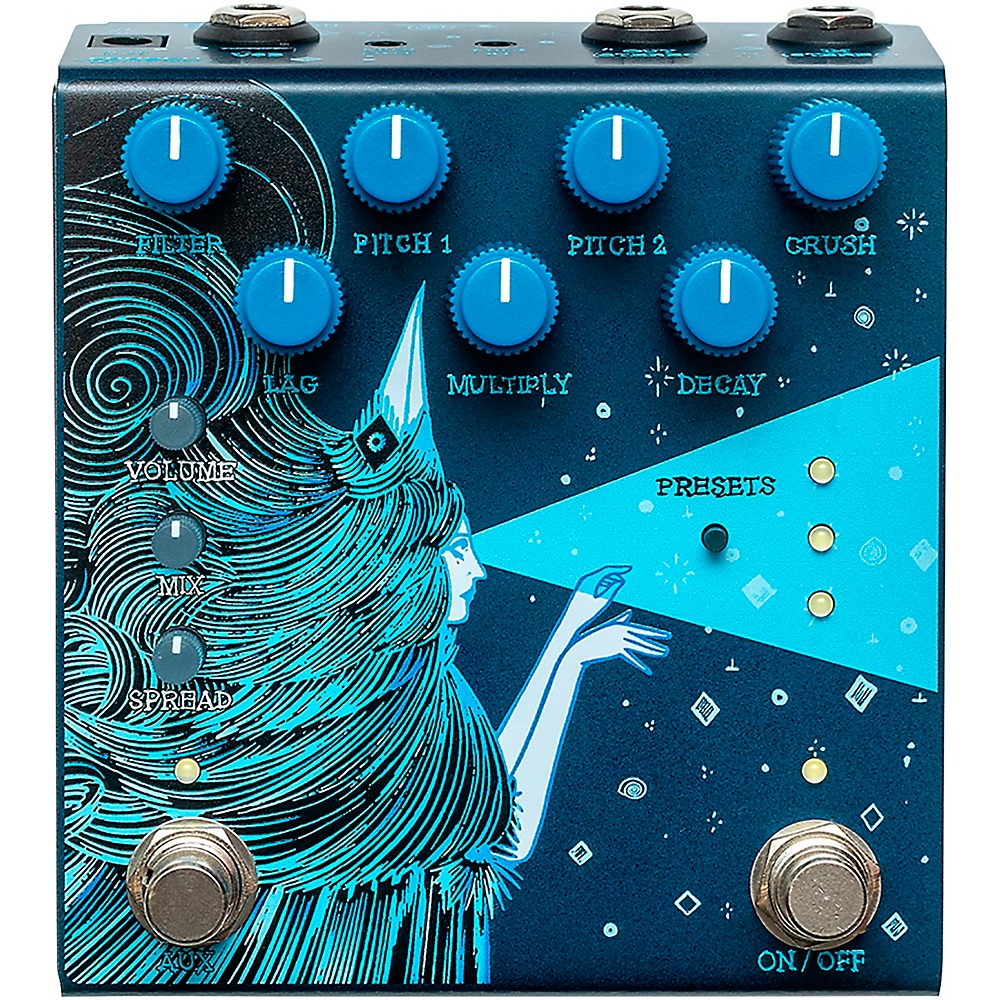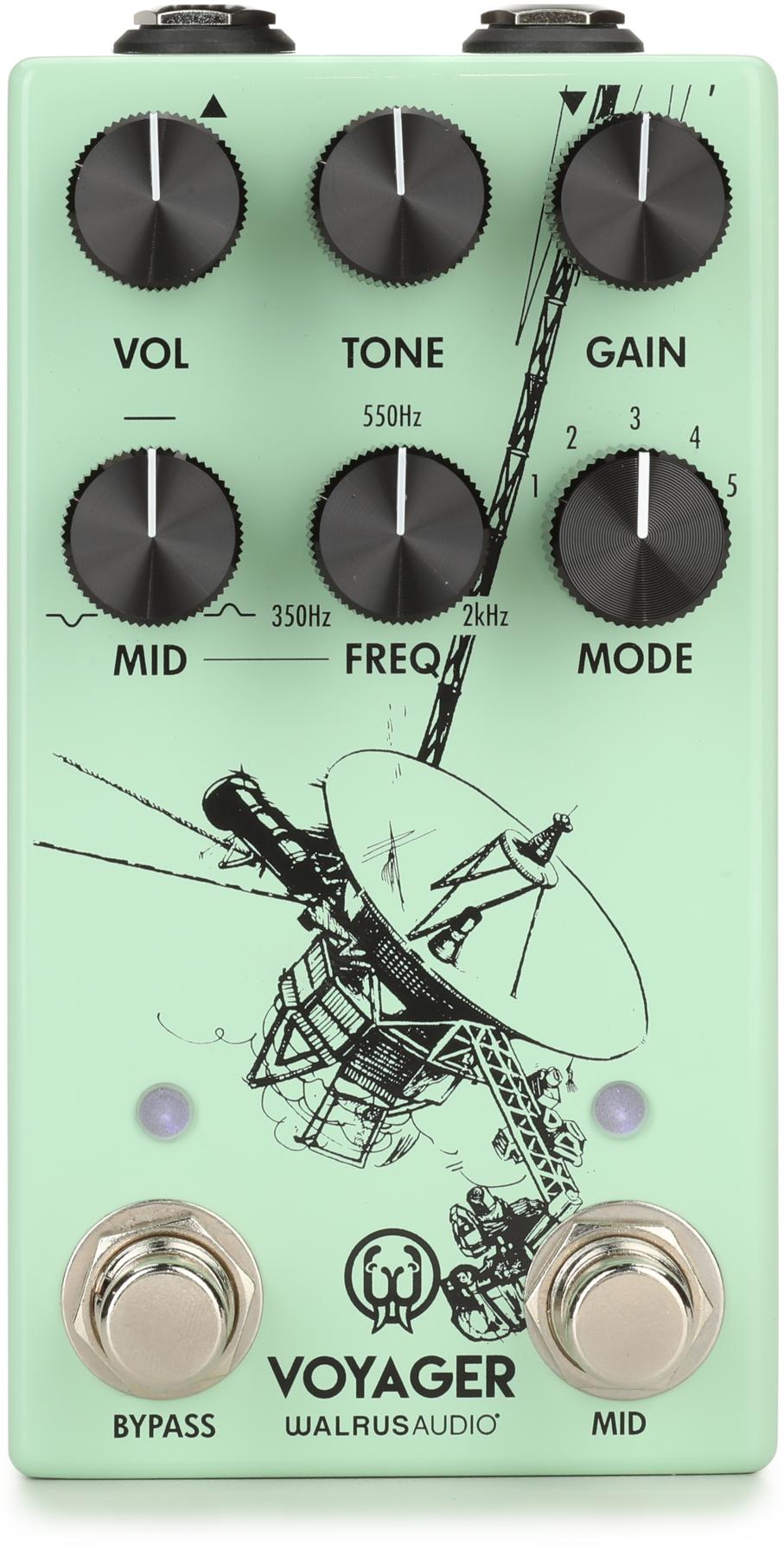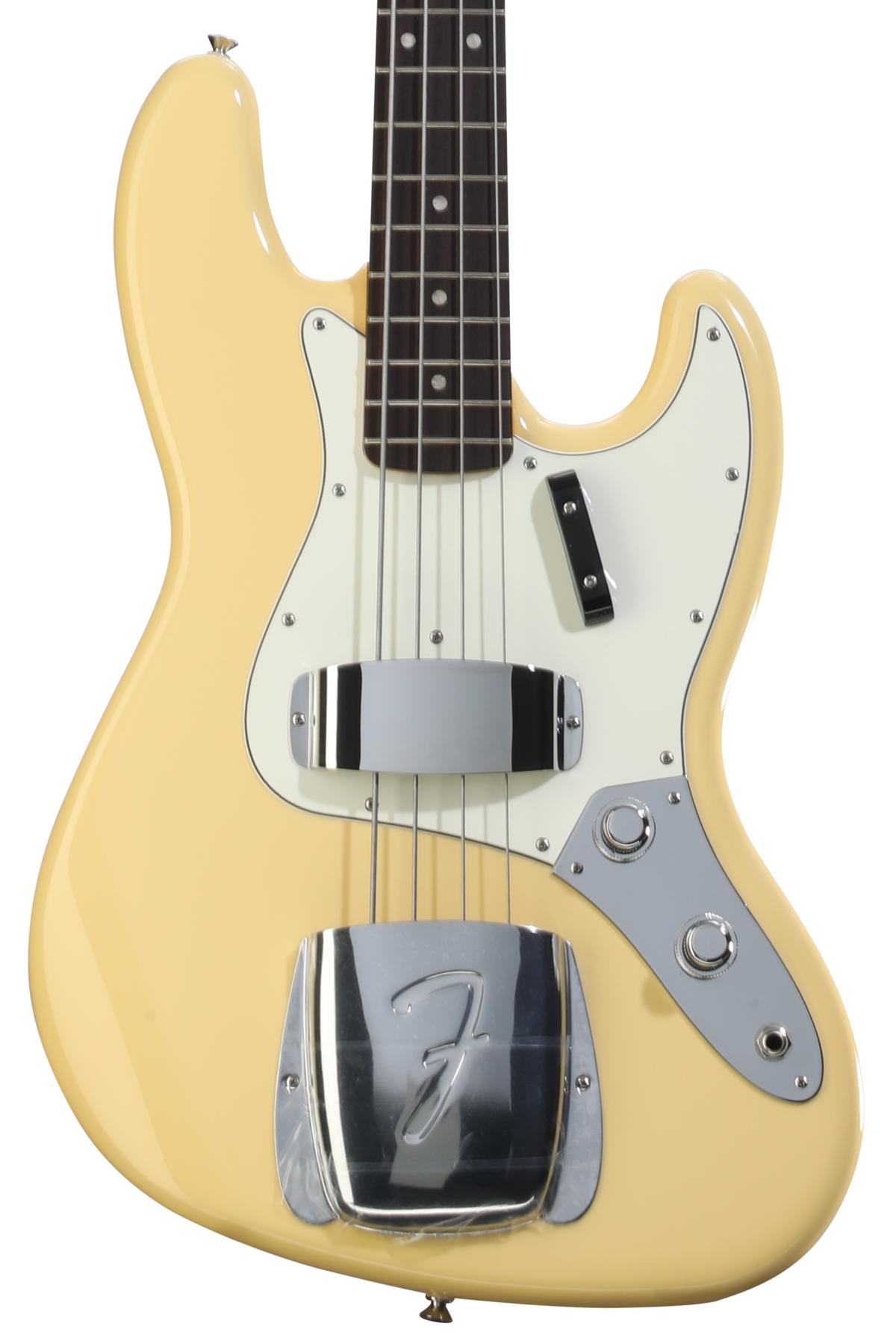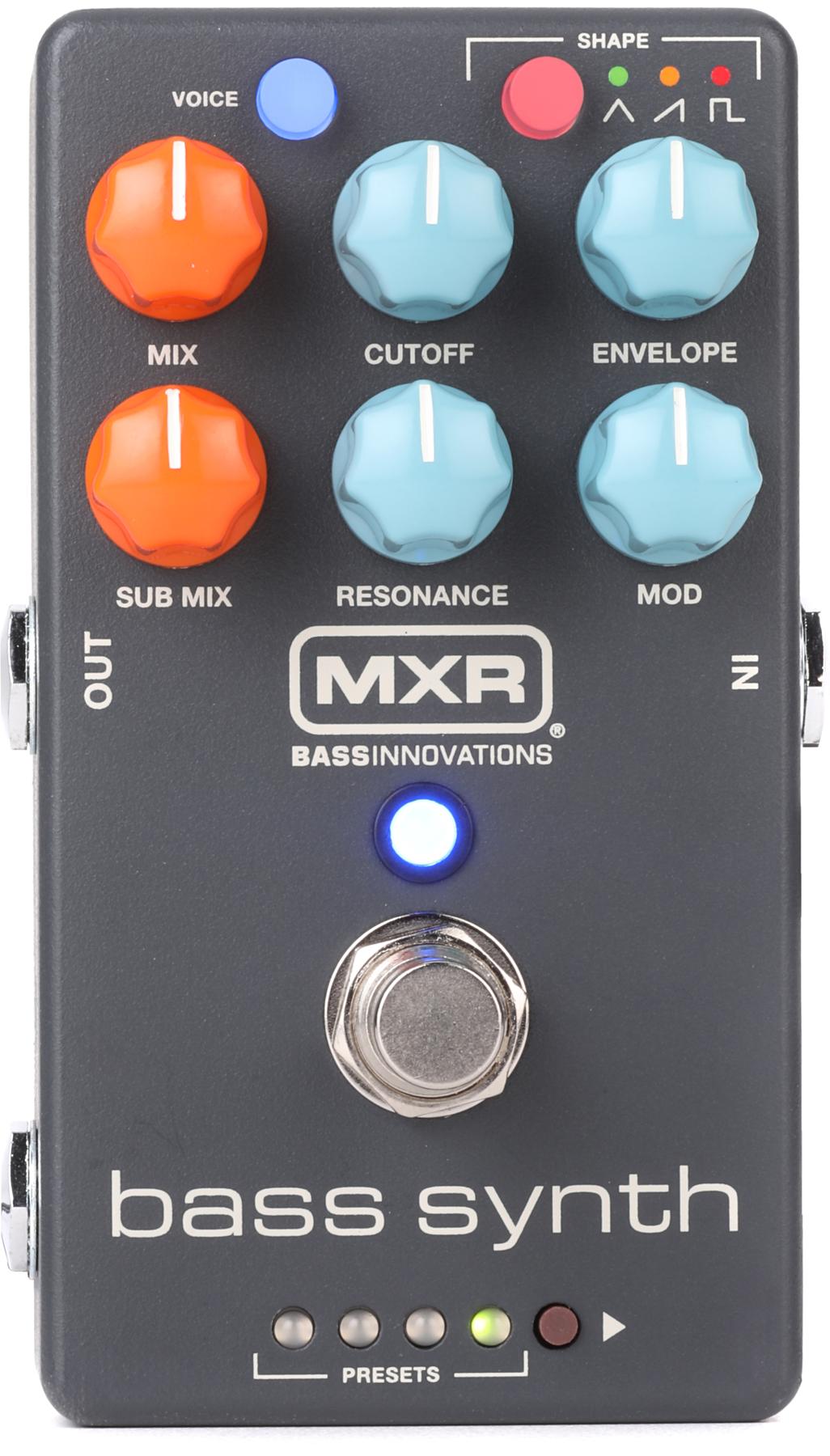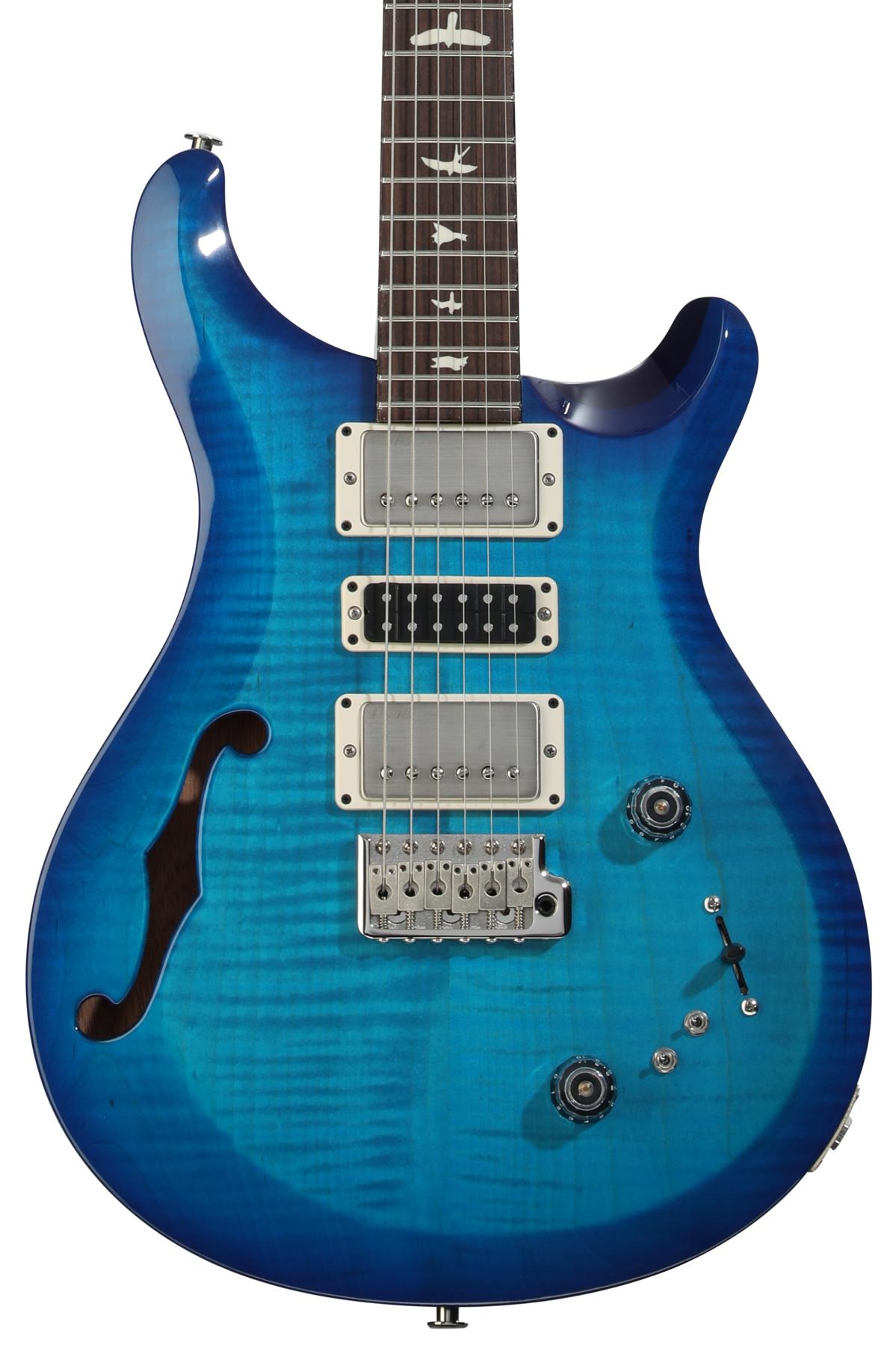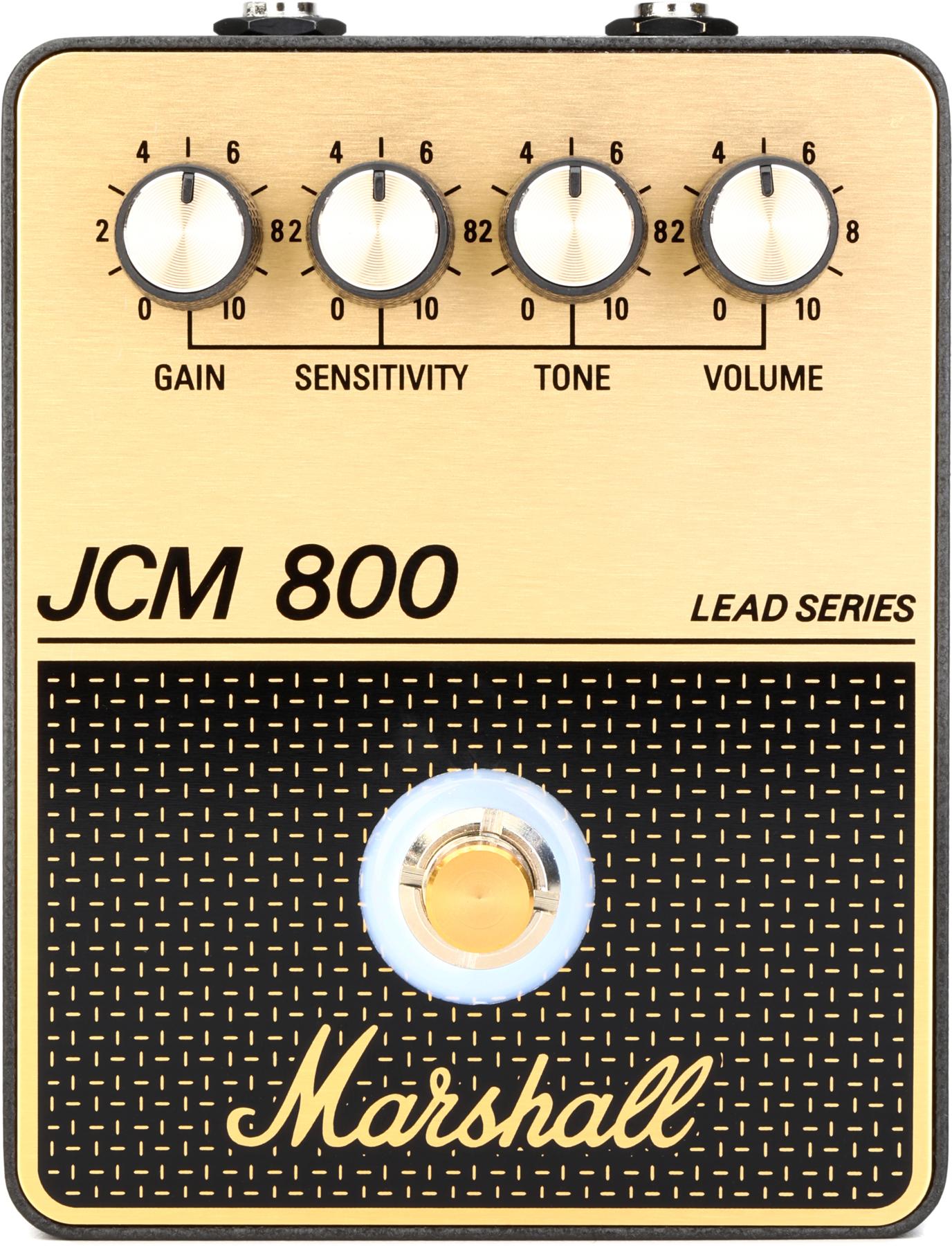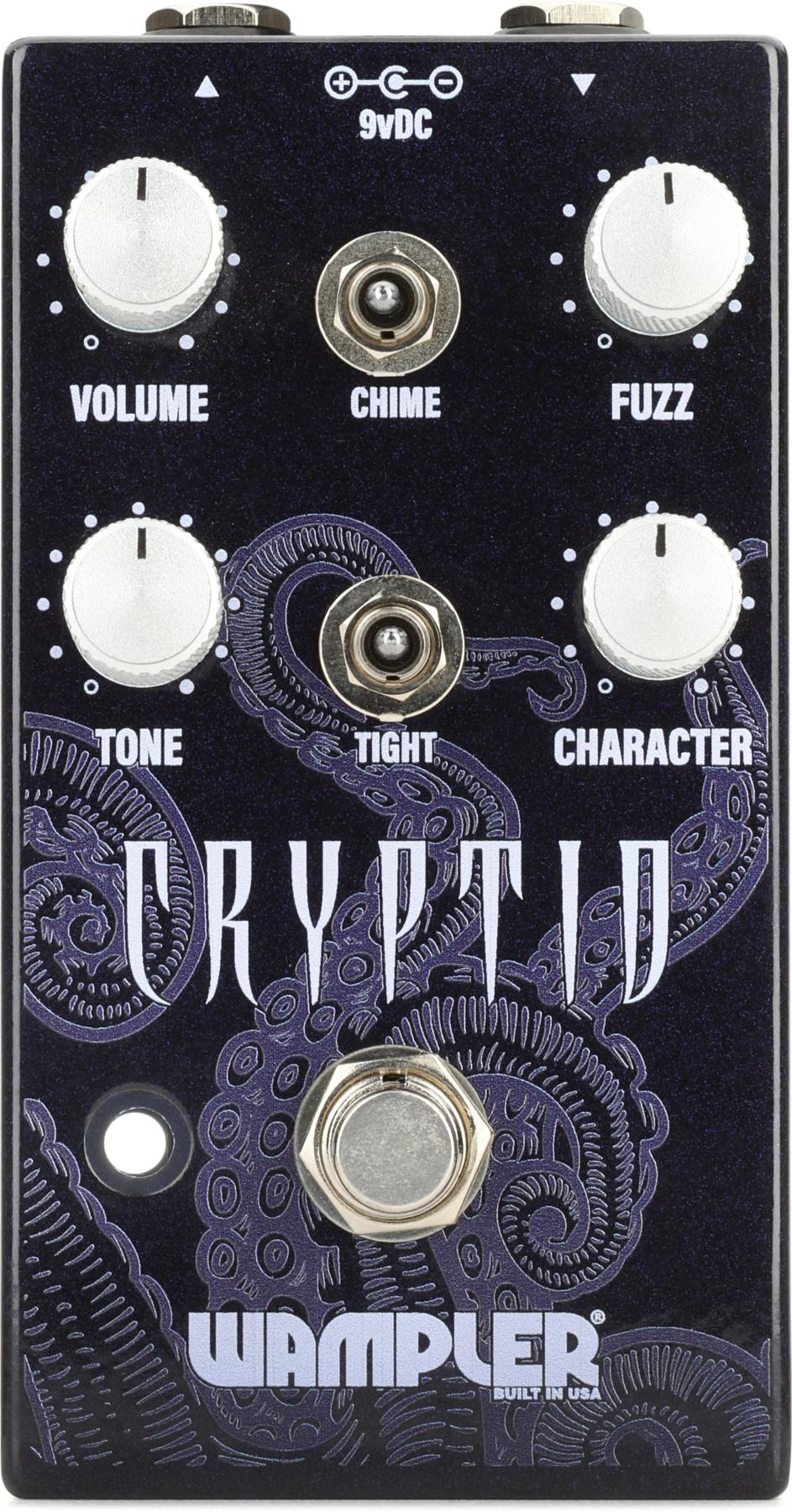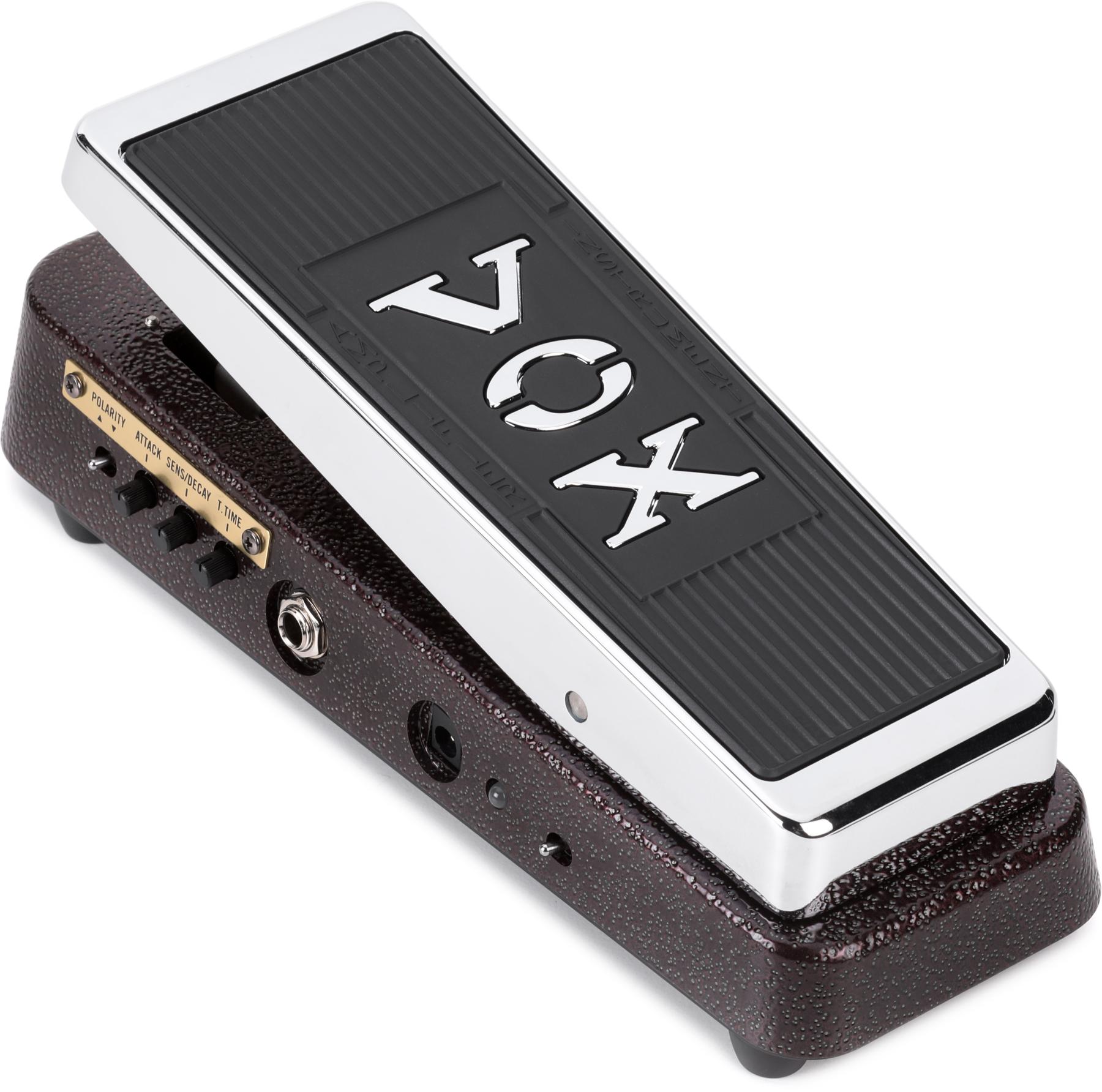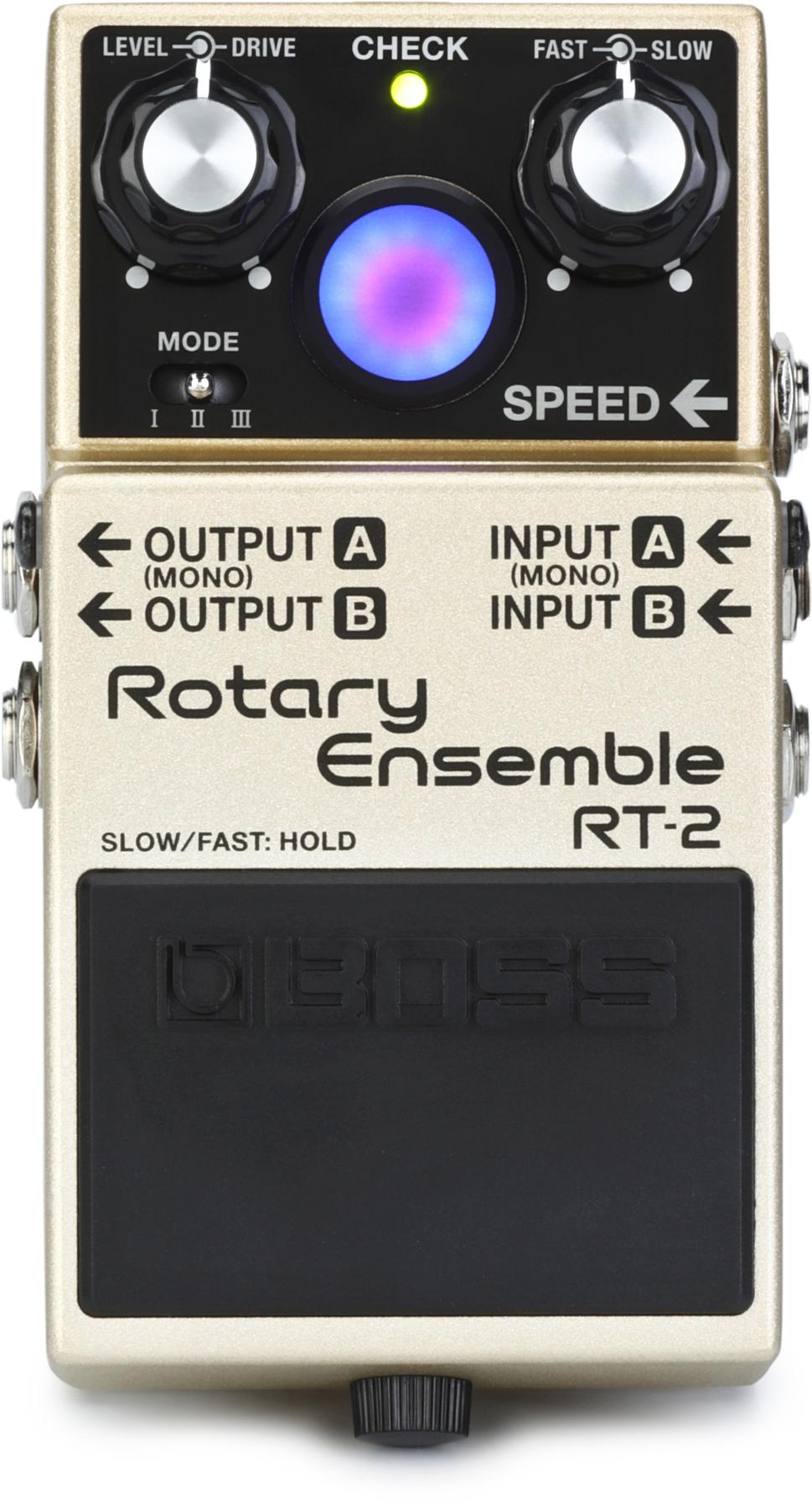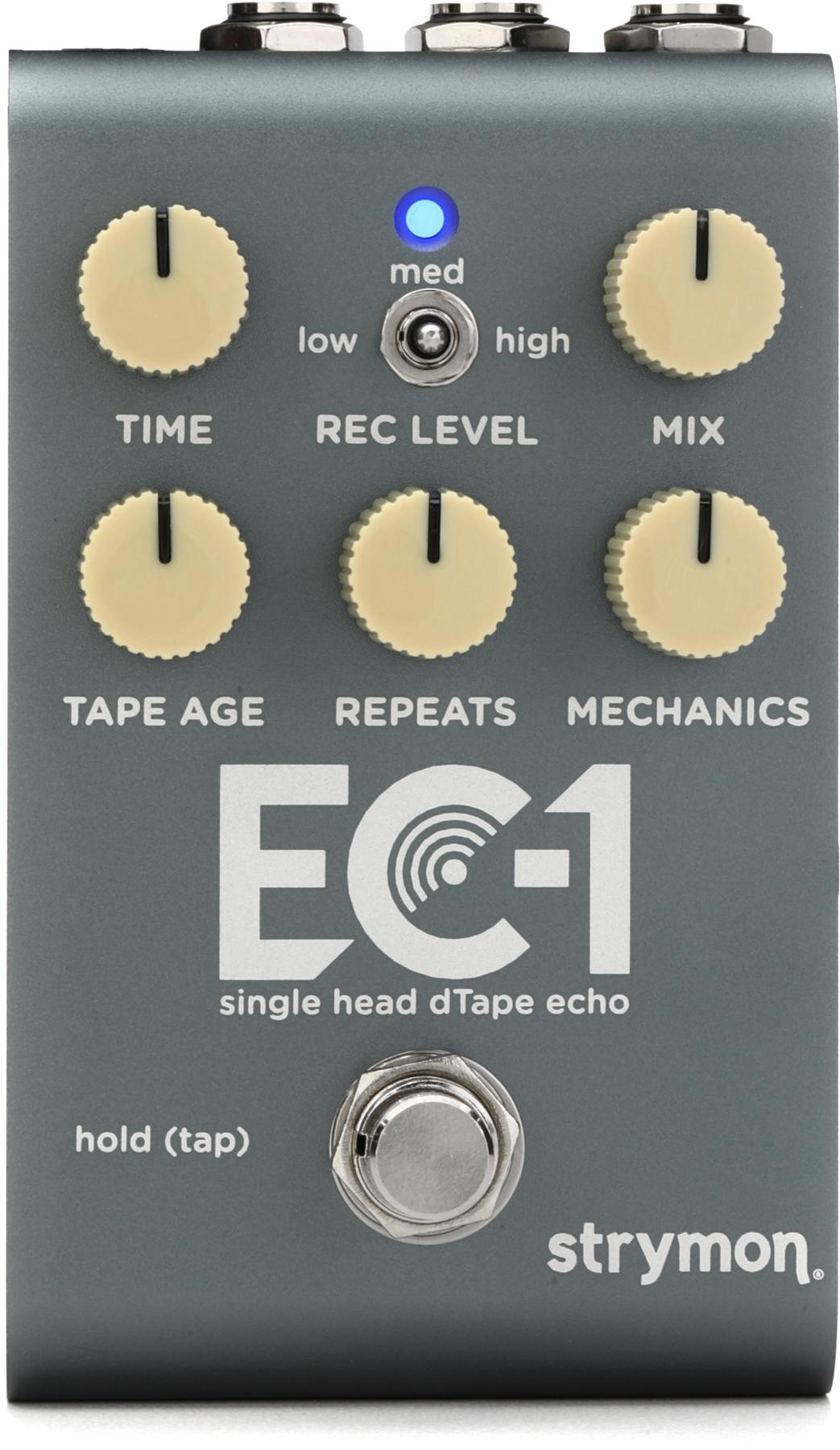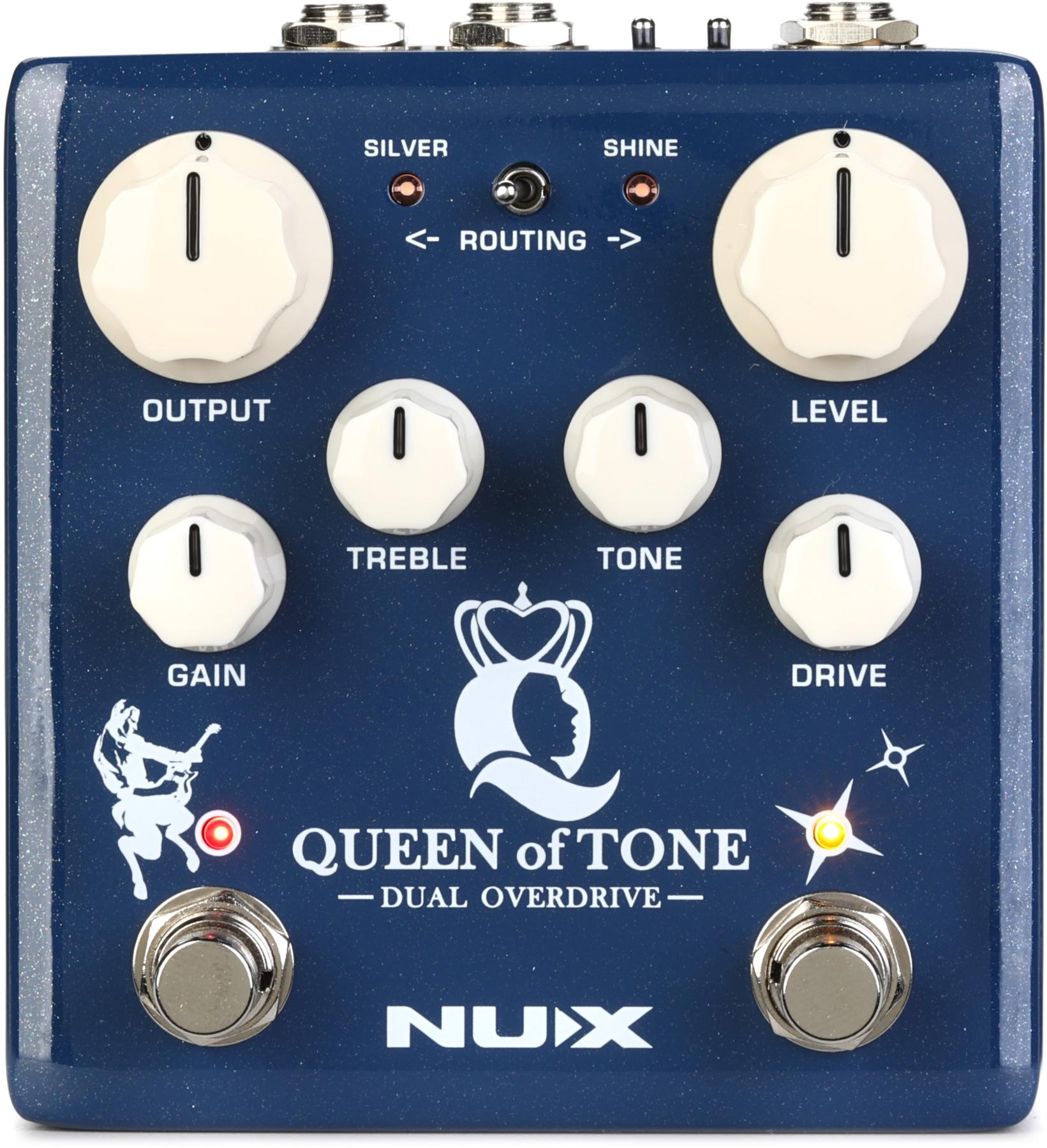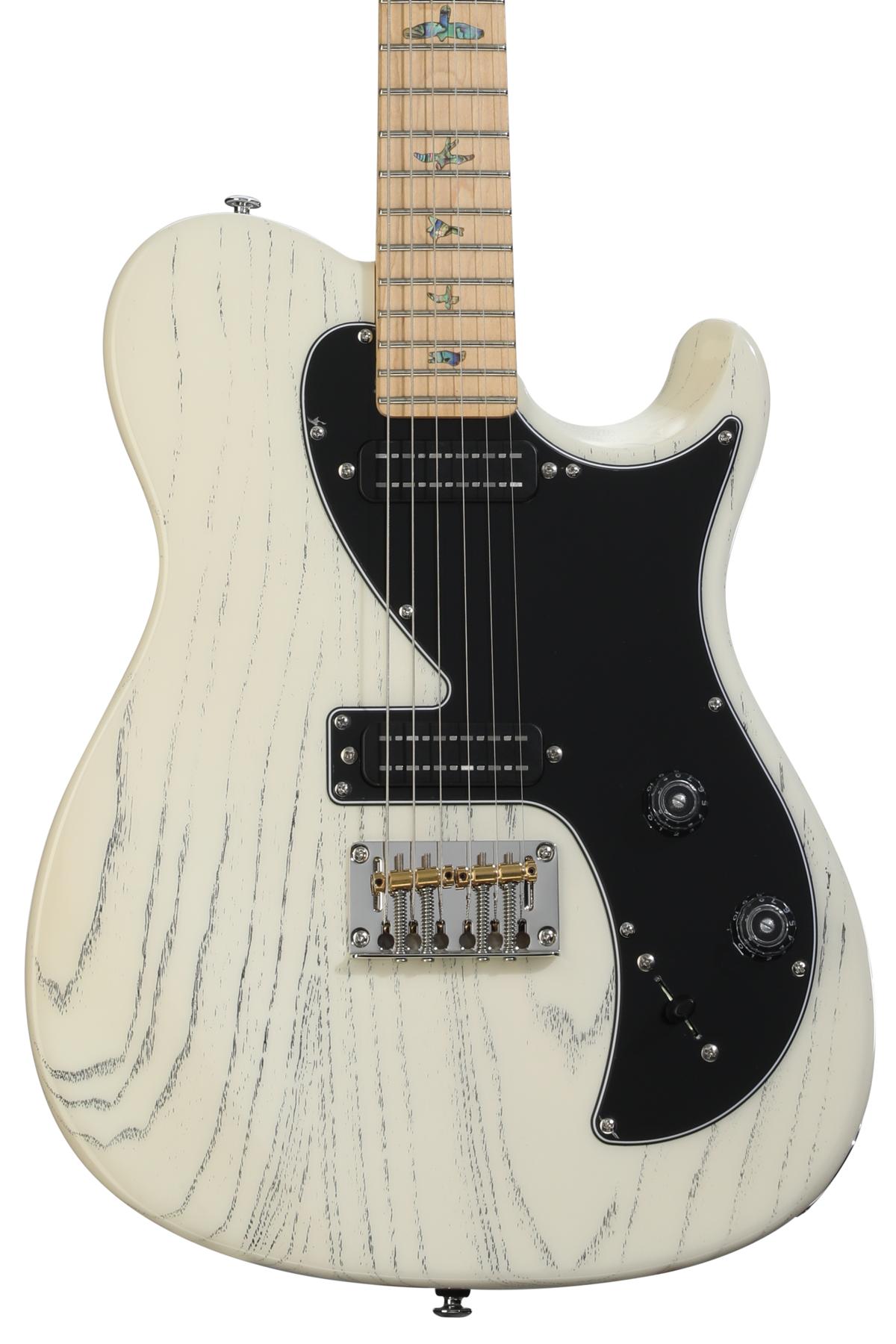One of my favorite gear discoveries in recent years is the original Boss Slicer SL-20. A friend hipped me to its wild percussive magic and what I call “big vibe.” When the first dual-pedal version came out as part of the company’s 20 series, I was under the impression it was a fancy tremolo. That might be the closest classic guitar effect, but the Slicer lives in its own world: The effect chops a signal into preset rhythmic patterns and applies filters and pitch shifters to create everything from propulsive grooves and melodies to glitchy, warbled tones.
Lead parts played in the single and dual settings with the tempo cranked and a lower attack setting evoke a broken-Leslie kind of sound, especially in 3D modes.
The Slicer is a unique effect that’s more in line with what you might find on synths and drum machines than a pedalboard. That, plus an original production run that lasted just a few years, has made it kind of a deep-cut, sleeper favorite. What a surprise, then, that Boss is reissuing the effect in their standard—and much more compact—enclosure.. Even better, the new SL-2 features deeper functionality. So, does it live up to the hype surrounding the original?
Clip 1 – High attack and duty settings, single type.
Clip 2 – High attack and low duty settings, full wet, harmonic type.
Clip 3 – Low attack and high duty settings, tremolo type.
Clip 4 –High attack and low duty, various tempo settings, sfx type.
Clip 5 – Example of how the Slicer can fit into a track. Recorded with two guitars (each with various other effects) each with different Slicer modes (rhythm is stereo, lead is mono).
Deep Functionality, Limited Space
The SL-2 fits a lot of functionality in very little space. It would be impressive just to squeeze all the features of the much larger original unit into the new one. Yet the SL-2’s 88 preset rhythms exceed the original’s 50, and they can be swapped out via USB with Boss’ Tone Studio app. Two stacked knobs cover balance (mix) and tempo as well as attack and duty (sample length). Another single-function knob selects effect type. These include options for a single signal-slicing path, dual signal-slicing paths, tremolo, a harmonic mode (pitch modulated rhythmic patterns), and an SFX mode (multiple effects on each pattern). Another knob selects 11 possible variations on each effect. The Slicer also features dual-jack stereo ins and outs, a MIDI input for syncing with external devices, and an expression/footswitch input.
That extensive list still doesn’t cover all the Slicer’s functions. And to access the rest, things get trickier. Using the pedal’s stereo functionality is critical to making the most of the effect, but to access those seven settings, you may need to keep the manual nearby. For example, if you turn the first four knobs to the right, the type knob to the eighth position, and power up while holding down the footswitch, you can use the variation knob to choose a corresponding stereo setting. Sound confusing? It can be. And there are several of those footswitch tricks to master. Another example: you can set the output volume can range from -7 dB to a very hot 20 dB, which is helpful. But as I learned the hard way, you can easily set the too hot, and it can only be adjusted by holding down the footswitch and turning the tempo knob, which gives you no visual reference for the setting. You’ll also do a lot of footswitch tapping to access tap-tempo settings.
Flying Blind Is Fun
The best way to understand what the Slicer is capable of is to try everything. It’s not particularly intuitive, and it can feel hard to discern differences in some sounds. But there’s some method to the madness. Starting with the relatively straightforward single setting—which chops the signal without additional effects—and trying each variation explains a lot. But there’s no comprehensive list of what effects or rhythms each setting will feature, so you’re flying blind when you work through the variation and type knobs. This led to lots of fun discoveries, though. And I rarely failed to find a pattern that inspired something new in my playing.
Plugging into a stereo rig opens up the Slicer’s capabilities. There are seven stereo settings: fixed (both amps get the same signal), efx/dir (wet/dry), random, ping-pong, auto (which pans across the stereo field), 3D cross, and 3D rotation. The two 3D settings are the most psychedelic, creating the illusion of a forward/backward kind of movement as sounds pan across the field. Any of these settings can change the feel and impact of a pattern or setting, so there’s a lot of room for experimentation.
Inspiration Machine
With such a wide range of capabilities, the Slicer is an inspiration machine, and it can be used in a lot of ways. For the most part, I found myself playing sparsely and letting the Slicer do most of the work, especially when using delay or reverb.
Each effect type offers a wide range of fun. Using harmonic and tremolo effects with slow to medium tempos creates lots of ambient space. Using the ping-pong stereo setting, sometimes feels like multiple guitars. Lead parts played in the single and dual settings with the tempo cranked and a lower attack setting evokes a broken-Leslie kind of sound, especially in 3D modes. But for recording, I preferred this kind of sound in mono, where I captured more direct, glitchy sounds.
The Verdict
The Slicer is a fun effect, and if you’re into exploring ambient ideas, glitchy rhythms, minimalism, or any other kinds of sounds with room for movement, you’ll probably find sounds you love. You also might find new ideas to refresh your playing, like I did, which I think is the ultimate reward. The many pedal and knob combinations that you’ll need to remember in order to access key features can make the SL-2 confusing. I’d prefer the larger footprint of the original with the added functionality of the new model. But at $169, there’s not much room for complaint. The SL-2 is a powerful, creative effect that delivers.


